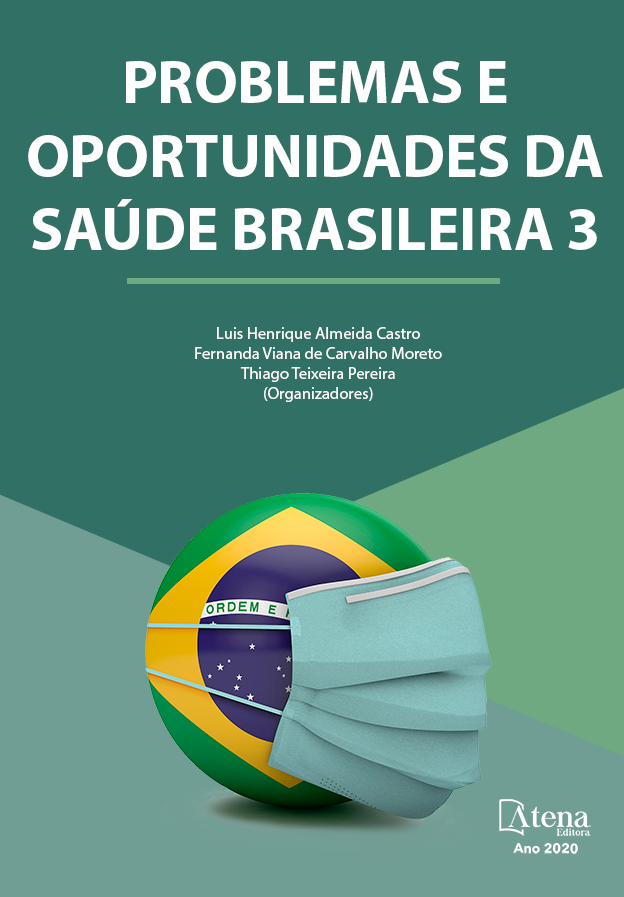
ASSOCIAÇÃO ENTRE A VIA DE PARTO E COMPLICAÇÕES MATERNAS EM UMA MATERNIDADE PÚBLICA DE UM MUNICÍPIO DO SUL DO BRASIL
Objetivo: comparar o risco de complicações maternas em partos realizados por via abdominal com aqueles realizados por via vaginal. Metodologia: estudo descritivo, quantitativo e retrospectivo com base de dados secundários. O estudo foi realizado em uma maternidade do município de Londrina, Paraná, Brasil. Foram investigados todos os partos ocorridos no ano de 2015 que apresentaram as complicações no pós-parto infecção e/ou hemorragia. Resultados: dos 3.166 partos analisados, 67% foram por via vaginal. A maioria das parturientes eram secundigestas ou tercigestas (46,52%), 70,34% estavam em idade gestacional de 38 a 41 semanas. A maior parte dos partos ocorreu sem episiotomia e sem laceração perineal (n=1.830). A complicação infecção e o parto cesáreo apresentaram uma associação estatisticamente significativa (OR = 2,52; p =<0,0001). Conclusões: o parto cesariano oferece maior risco da complicação infecção pós-parto comparado ao parto vaginal. Enquanto que a complicação hemorragia pós-parto não apresentou diferença estatística significante.
ASSOCIAÇÃO ENTRE A VIA DE PARTO E COMPLICAÇÕES MATERNAS EM UMA MATERNIDADE PÚBLICA DE UM MUNICÍPIO DO SUL DO BRASIL
-
DOI: 10.22533/at.ed.7262016109
-
Palavras-chave: parto, infecção, hemorragia, maternidade
-
Keywords: childbirth, infection, hemorrhage, maternity
-
Abstract:
Objective: To compare the risk of maternal complications in abdominal deliveries with vaginal deliveries. Methodology: descriptive, quantitative and retrospective study based on secondary data. The study was conducted in a maternity hospital in Londrina, Paraná, Brazil. We investigated all deliveries in 2015 that presented postpartum complications, infection and / or bleeding. Results: Of the 3.166 deliveries analyzed, 67% were vaginal delivery. Most of the parturients were secondary or tertiary women (46.52%), 70.34% were in gestational age from 38 to 41 weeks. Most deliveries occurred without episiotomy and without perineal laceration (n = 1.830). Infection complication and cesarean delivery had a statistically significant association (OR = 2.52; p = <0.0001). Conclusions: Caesarean delivery offers a higher risk of postpartum infection complication compared to vaginal delivery. While postpartum hemorrhage complication showed no statistically significant difference.
-
Número de páginas: 14
- Thais Bette Freitas
- CAROLINA FORDELLONE ROSA CRUZ


